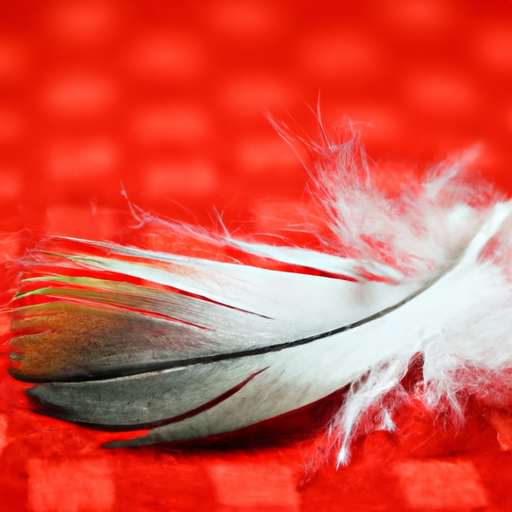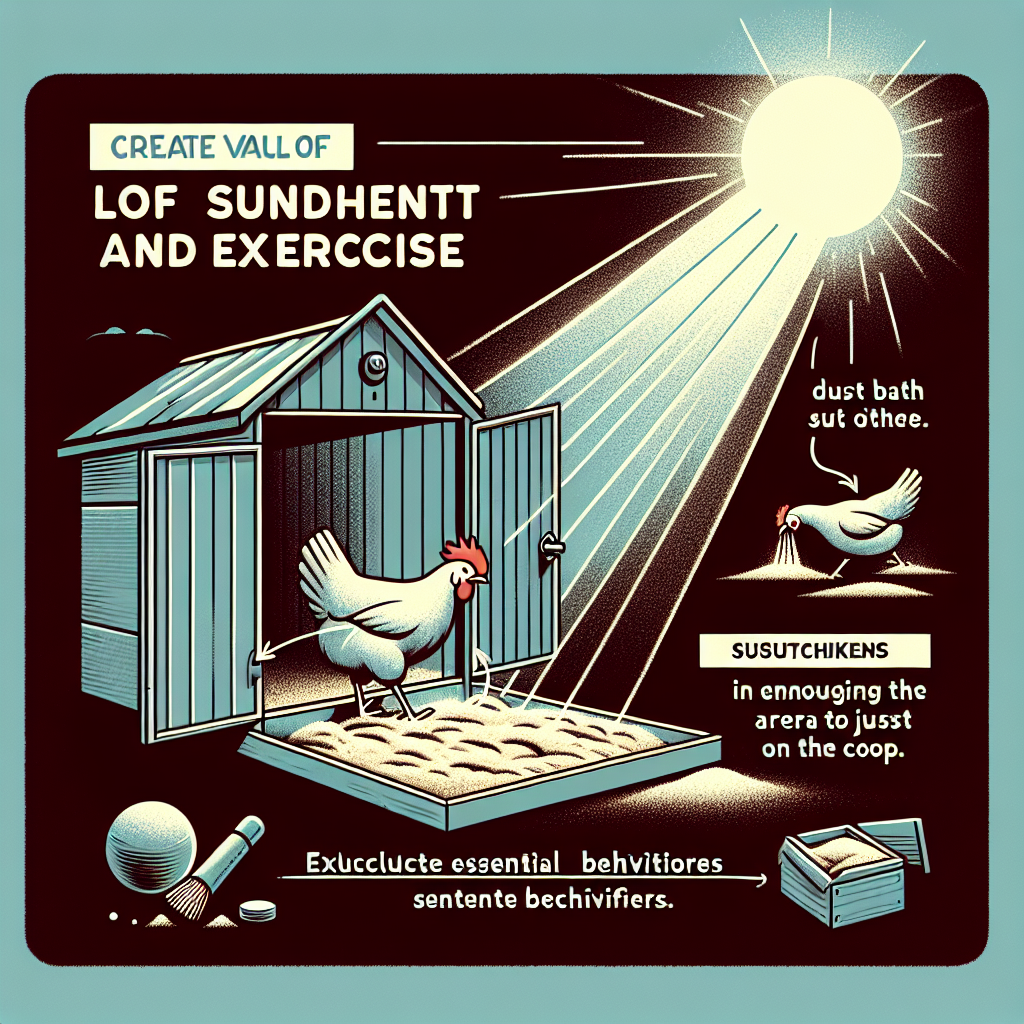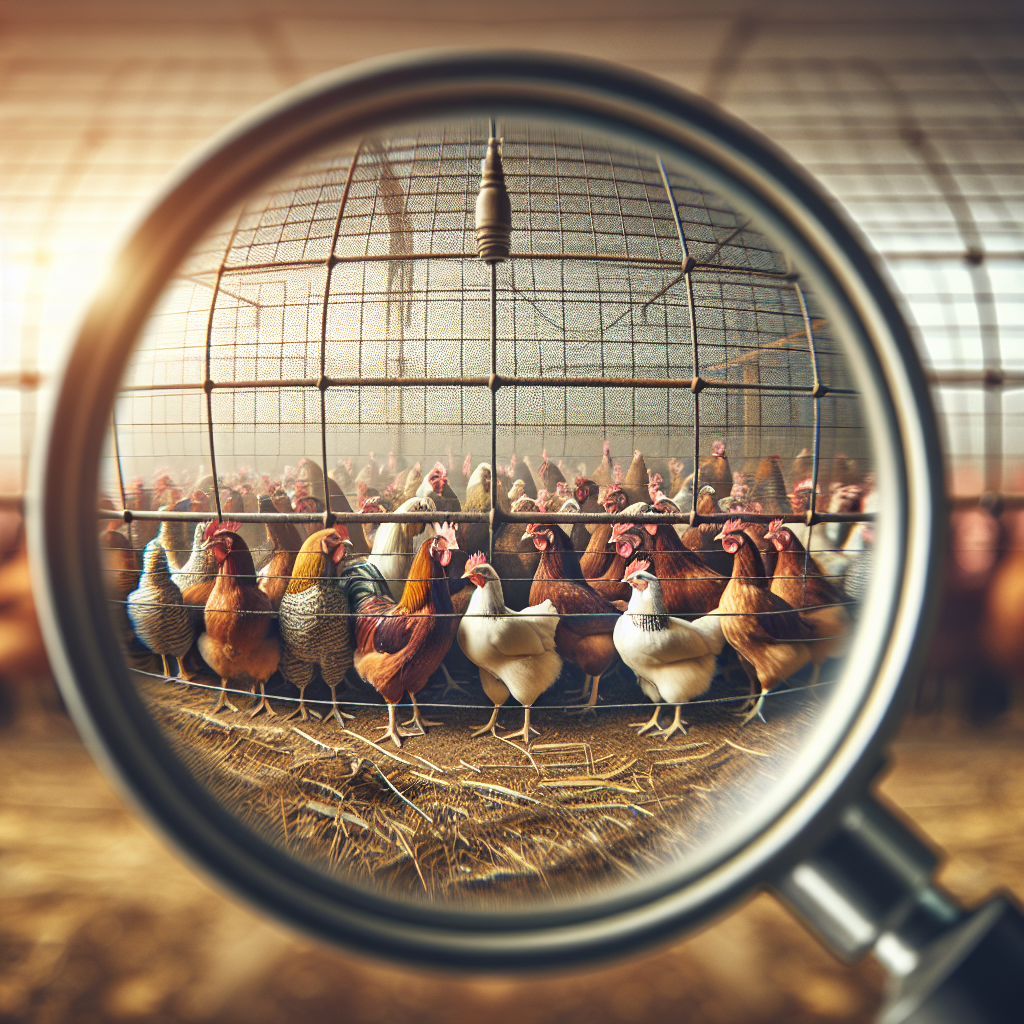If you’re a chicken owner or considering becoming one, it’s essential to understand the importance of regular health checks for your feathered friends. Just like any pet or farm animal, chickens require attention to their well-being to ensure a happy and healthy life. From monitoring their weight to inspecting their eyes, beak, and plumage, there are several basic health checks that should be done regularly. Taking the time to perform these checks will not only help prevent potential health issues but also strengthen the bond between you and your flock. So, let’s explore the various health checks that every chicken owner should prioritize to keep their chickens in their best condition.
External Examination
Feathers
When conducting an external examination of your chickens, it is important to pay attention to their feathers. Feathers should appear clean and well-groomed, with no signs of excessive molting or feather loss. Take note if you see any bare patches or areas of thinning feathers, as this may indicate underlying health issues. Healthy feathers should have a nice sheen to them and look vibrant in color.
Skin and Feet
As part of the external examination, carefully inspect the skin and feet of your chickens. The skin should be free from any sores, redness, or lesions. It should also be supple and not overly dry or flaky. Take a close look at their feet to ensure there are no signs of infection or injury. The scales on their legs should be smooth and not raised or scaly. Additionally, check for any signs of bumblefoot, which is a bacterial infection that causes swelling and sores on the chicken’s foot pads.
Eyes
Appearance
A thorough examination of your chicken’s eyes can provide valuable insights into their overall health. Healthy eyes should be clear and bright, with no cloudiness or discharge. The pupils should be symmetrically round and responsive to light. Any signs of redness, swelling, or excessive tearing may indicate an eye infection or injury. Keep an eye out for any changes in the appearance of the eyes, as it could be a potential alert for a health issue.
Discharge
Unusual eye discharge is another important aspect to consider during the examination. Normal discharge for chickens is minimal and clear. However, if you notice any excessive tears, pus-like discharge, or crustiness around the eyes, it could be a sign of an underlying infection or illness. If you observe any worrying symptoms, it is advisable to consult a veterinarian for a proper diagnosis and treatment.
Beak and Comb
Shape and Color
The beak and comb of a chicken can provide valuable information about its well-being. A healthy chicken will have a well-formed, symmetrical beak with no signs of deformities or overgrowth. The color of the beak should be a vibrant yellow or orange hue. Similarly, the comb – the fleshy, crown-like structure on top of the chicken’s head – should be bright red and free from any discoloration or lesions.
Bruises or Lesions
During your examination, keep an eye out for any bruises or lesions on the beak or comb. These could be signs of injury, disease, or pecking from other chickens. Bruises may appear as dark patches or discoloration, while lesions can range from small cuts to larger, open sores. If you spot any of these abnormalities, it is crucial to investigate the underlying cause and take appropriate action to prevent further harm to your chicken.
Respiratory System
Breathing Pattern
Monitoring the breathing pattern of your chickens is an essential part of their health assessment. It is normal for chickens to take quick, shallow breaths, but they should not exhibit any signs of heavy panting or gasping for air. Any abnormal respiratory sounds, such as wheezing or raspy breathing, may indicate respiratory distress or an underlying respiratory infection. Keeping a close eye on their breathing will help you catch any potential issues early on.
Coughing or Sneezing
Similar to humans, chickens can experience coughing and sneezing. Occasional sneezing is normal, as it helps clear the respiratory passages from dust or irritants. However, persistent or frequent coughing and sneezing, especially accompanied by other symptoms like mucus discharge or labored breathing, could be indicative of respiratory infections or diseases such as infectious bronchitis or Newcastle disease. Prompt veterinary attention is crucial to prevent the spread of such diseases within your flock.
Digestive System
Appetite
One of the easiest ways to gauge the health of your chickens is by observing their appetite. A healthy chicken will exhibit a good appetite and eagerly consume their usual feed. Be cautious if you notice a sudden decrease in appetite or reluctance to eat, as it may be a sign of illness or discomfort. Conversely, excessive eating or gluttony could be an indication of a nutritional imbalance, so it’s essential to maintain a balanced diet for your flock.
Crop Evaluation
The crop is a part of a chicken’s digestive system located at the base of their neck. It serves as a storage organ for food before it enters the stomach. During your examination, gently palpate the crop to ensure it feels soft and pliable. A hard or impacted crop could indicate a blockage or a malfunction in the digestive system. Additionally, an empty or unusually large crop may suggest improper feeding practices or dehydration. Keep a close eye on the condition of the crop to ensure optimal digestive health for your chickens.
Cloaca
Vent Condition
The cloaca, also known as the vent, is the external opening that serves as the exit for waste and the reproductive system in chickens. It is important to inspect the cloaca regularly for any signs of swelling, redness, or abnormal discharge. A healthy vent should appear clean and free from any fecal matter or excess moisture. Any abnormalities in this area could indicate an infection or a prolapse, which requires immediate veterinary attention.
Mites or Lice
Mites and lice are common parasites that can infest chickens and cause distress. During the examination, carefully check around the vent area for any signs of mites or lice. These tiny insects may appear as small, moving specks or clusters of white eggs. Infested chickens may exhibit symptoms such as feather loss, irritability, and excessive scratching. If you detect any signs of infestation, it is crucial to commence appropriate treatment to prevent further discomfort and potential health complications.
Musculoskeletal System
Mobility
Assessing the mobility of your chickens is vital for ensuring their overall health and well-being. When observing their movement, they should walk with ease and coordination, without any signs of lameness or hesitation. If you notice any limping, favoring of one leg, or reluctance to walk, it could indicate an injury or underlying musculoskeletal issue. Prompt attention and appropriate care, such as rest or veterinary intervention, will aid in the recovery and prevention of further harm.
Spurs
Spurs are pointed, bony growths found on the inner sides of a chicken’s legs. In some breeds, spurs can grow quite long and may cause injury to both the chicken and its coop mates during aggressive encounters. Carefully examine the spurs and determine if they are growing excessively or becoming sharp. If necessary, consider trimming or filing them down to prevent potential injuries or fights between your chickens.
Wings
Feathers and Structure
The wings of a chicken play a crucial role in their ability to fly, balance, and maintain body temperature. Therefore, it is important to assess the feathers and overall structure of the wings during your examination. Look for any signs of feather damage, such as broken or tattered feathers, as these could impair their flight or thermoregulation abilities. Additionally, ensure that the wings are symmetrical and properly formed, without any signs of deformities or abnormalities.
Ability to Fly
While most domestic chickens are not known for their exceptional flying skills, they should still possess the ability to flutter and fly short distances if necessary. Observe your chicken’s ability to fly and note any difficulty or reluctance to do so. If a chicken suddenly loses its ability to fly or exhibits weakness in its wings, it may indicate an injury, illness, or nutritional deficiency. It is advisable to consult a veterinarian to determine the underlying cause and provide appropriate care.
Comportment
Behavioral Changes
Being familiar with the normal behavior of your chickens will help you detect any behavioral changes during your examination. Chickens are social animals and typically exhibit a range of behaviors, including foraging, dust bathing, and roosting. Unusual behavior, such as excessive aggression, withdrawal from the flock, or a sudden decrease in activity, could be a sign of physical discomfort, stress, or illness. Carefully observe your chickens’ behavior and investigate any concerning changes to ensure their well-being.
Lethargy or Aggression
Lethargy and aggression are two distinct behaviors that should raise concerns during your examination. If your chicken appears unusually lethargic, constantly sleeping, or reluctant to move, it may be an indication of a health problem. On the other hand, if you notice increased aggression, frequent pecking, or bullying within the flock, it is essential to address the issue promptly to prevent any injuries or excessive stress. Creating a peaceful and harmonious environment will contribute to the overall health and happiness of your chickens.
Enclosure
Cleanliness
Keeping the chicken enclosure clean and sanitary is crucial for maintaining the health of your flock. Regularly inspect the coop and run to ensure the absence of droppings, excess moisture, or odor that could attract pests or lead to the growth of harmful bacteria. Clean out the coop regularly, provide fresh bedding, and ensure good ventilation to minimize the risk of respiratory infections and other health issues. Cleanliness is key to promoting a healthy environment for your chickens.
Protection from Predators
Ensuring that your chickens are properly protected from predators is vital for their safety and well-being. Regularly examine the enclosure for any signs of damage, such as gaps or holes in the fencing or roofing, that could allow access to predators. Consider reinforcing vulnerable areas or upgrading security measures to prevent potential attacks. A secure and predator-free environment will greatly reduce stress and minimize the risk of injury or loss among your cherished flock.
In conclusion, conducting regular health checks on your chickens is essential for their overall well-being. By performing thorough examinations of their feathers, skin, eyes, beak, respiratory system, digestive system, cloaca, musculoskeletal system, wings, comportment, and enclosure, you can detect any potential health issues early on. Remember to consult with a veterinarian if you notice any concerning symptoms or abnormalities to ensure the proper care and treatment of your feathery friends. By prioritizing their health, you will be rewarded with happy, healthy chickens that can thrive in your care.




